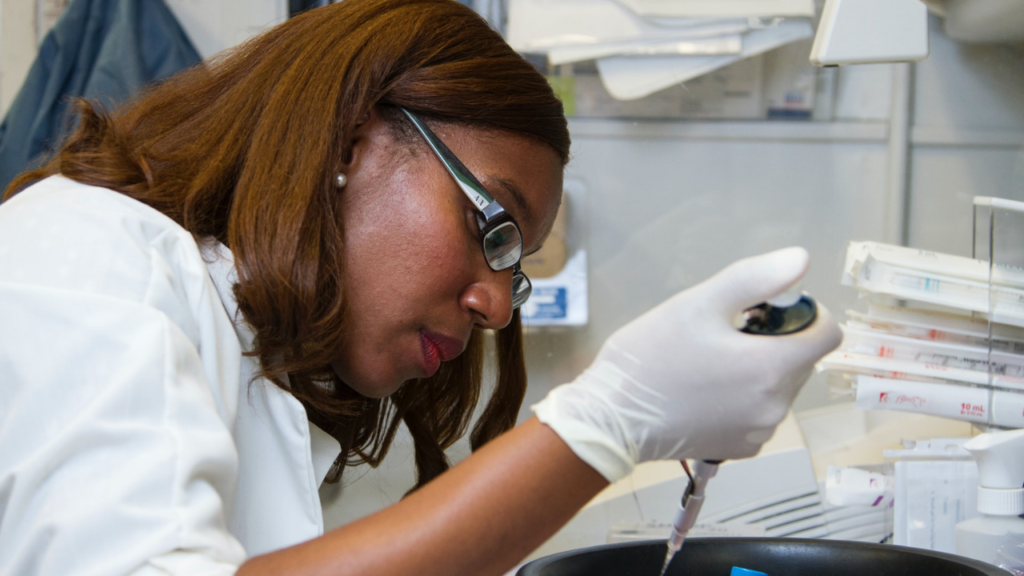There’s no shortage of digital solutions in today’s innovation-fueled clinical research space at every stage of the clinical trial journey. Still, there’s a lot of room for improvement, especially when it comes to the patient experience.
Consider the rapid increase of patient and site-facing technologies – from digital patient outreach to eConsent, sensors and wearables, telehealth, and study retention tools.
The introduction of novel digital solutions often misses the mark when it comes to integrating them into the clinical trial workflow. There’s a common perception that many technology providers don’t consider where a given solution fits into the overall patient and site workflow, and how it interacts with other systems.
Technology is critical to clinical trial efficiency and data quality, particularly for supporting the increased operational complexities of research, but we need to think broader about effective implementation.
What can we do to improve the clinical trial experience for patients?
In addition to mapping current pathways of a clinical trial journey, this is a huge opportunity to use technology to redesign the clinical trial patient experience by finding more opportunities to educate, engage, and enable meaningful communications.
eConsent may not be the first digital interaction that a patient has with the clinical trial process, but it’s a make-or-break decision touchpoint. However, before we get to the “e” part, let’s talk about experience, or lack of it when considering patient needs. Informed consent packs a lot of complex medical, technical, and legal jargon into lengthy documents that patients are expected to digest and make decisions about participation during a short session with an investigator. Clinical trial participation is a long-term commitment and, in most cases, does not just impact one person. It involves partners, caregivers, and families.
Patients considering clinical trials want to discuss the benefits of participation with their own circles, which typically involves any combination of family, friends, healthcare providers, or other trusted advisors. As standard practice, our industry treats it like a one-time opportunity.
Ongoing discussions and workshops have urged sponsors and sites to design informed consent as a process instead of an event. In process terms, it means slowing it down, allowing patients more time and (potentially) multiple visits to consider if they want to participate. In user experience terms, it means using alternatives to long-form communication documents. Video, audio, graphics, and animation convey complex information more effectively than a long-form document. When provided through an app or online portal, asynchronous delivery can help educate potential participants ahead of, or in between meetings with investigators.
eConsent is just one example of how we need to rethink the clinical trial patient journey, so technology is an integration instead of an overlay. Clinical trial technology can bring transformative benefits but requires a deep understanding of the entire process and the lived experience of patients who navigate that journey. Improving the Patient Experience in Clinical Trials




This is so informative.
Indeed the field of Clinical Research need to up their game especially where the integration of technology is concerned to facilitate the improvement of patient experiences, among other key thematic areas involved in clinical trials
Pingback: Decentralized Clinical Trials; More than Industry Buzzword - Xcene Innovate